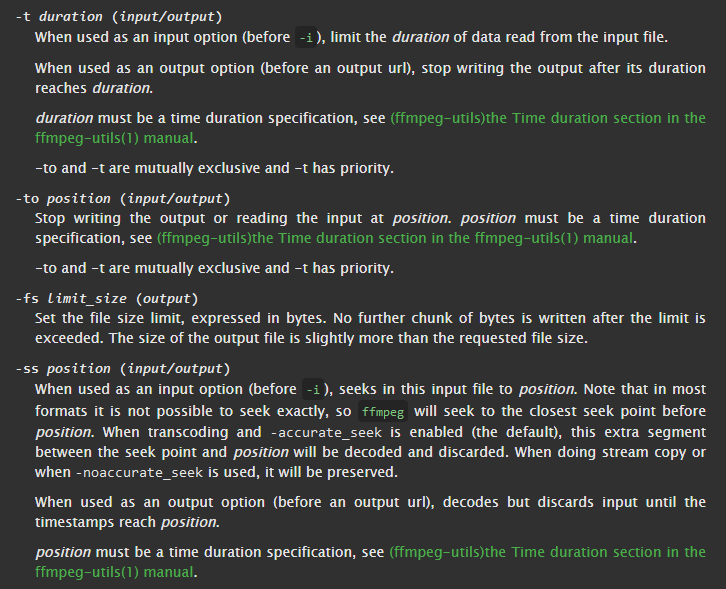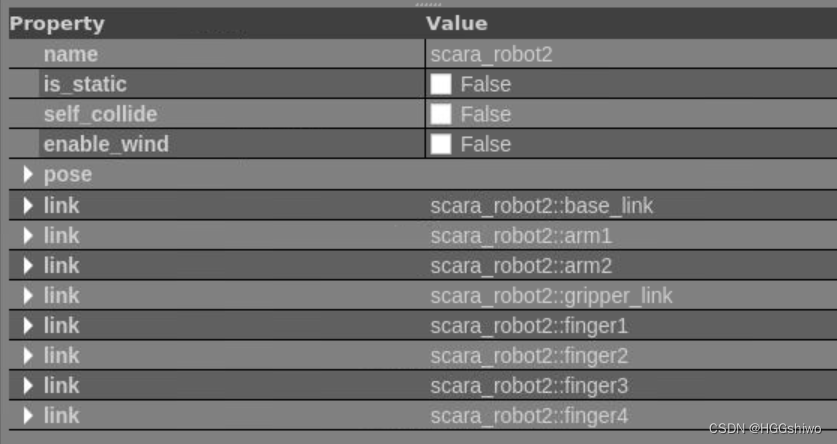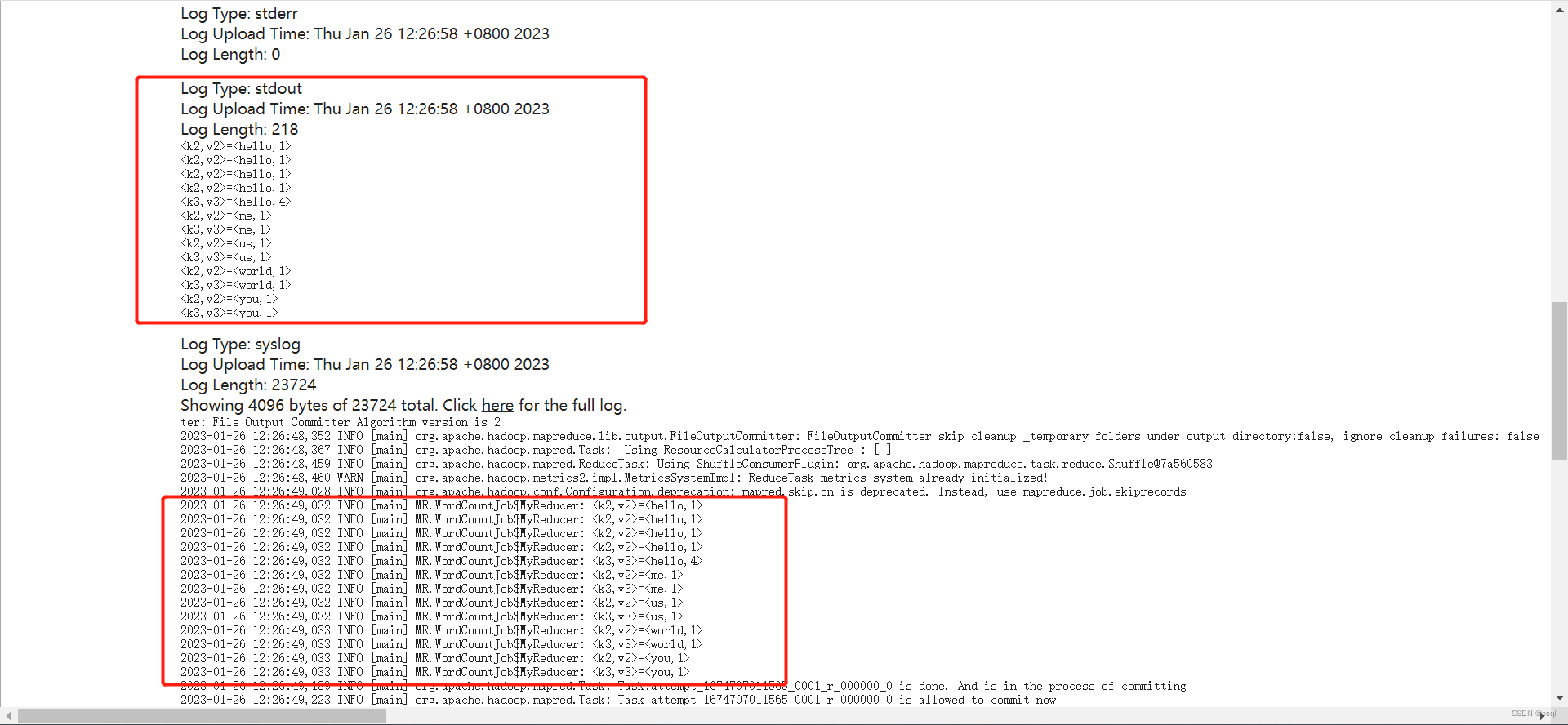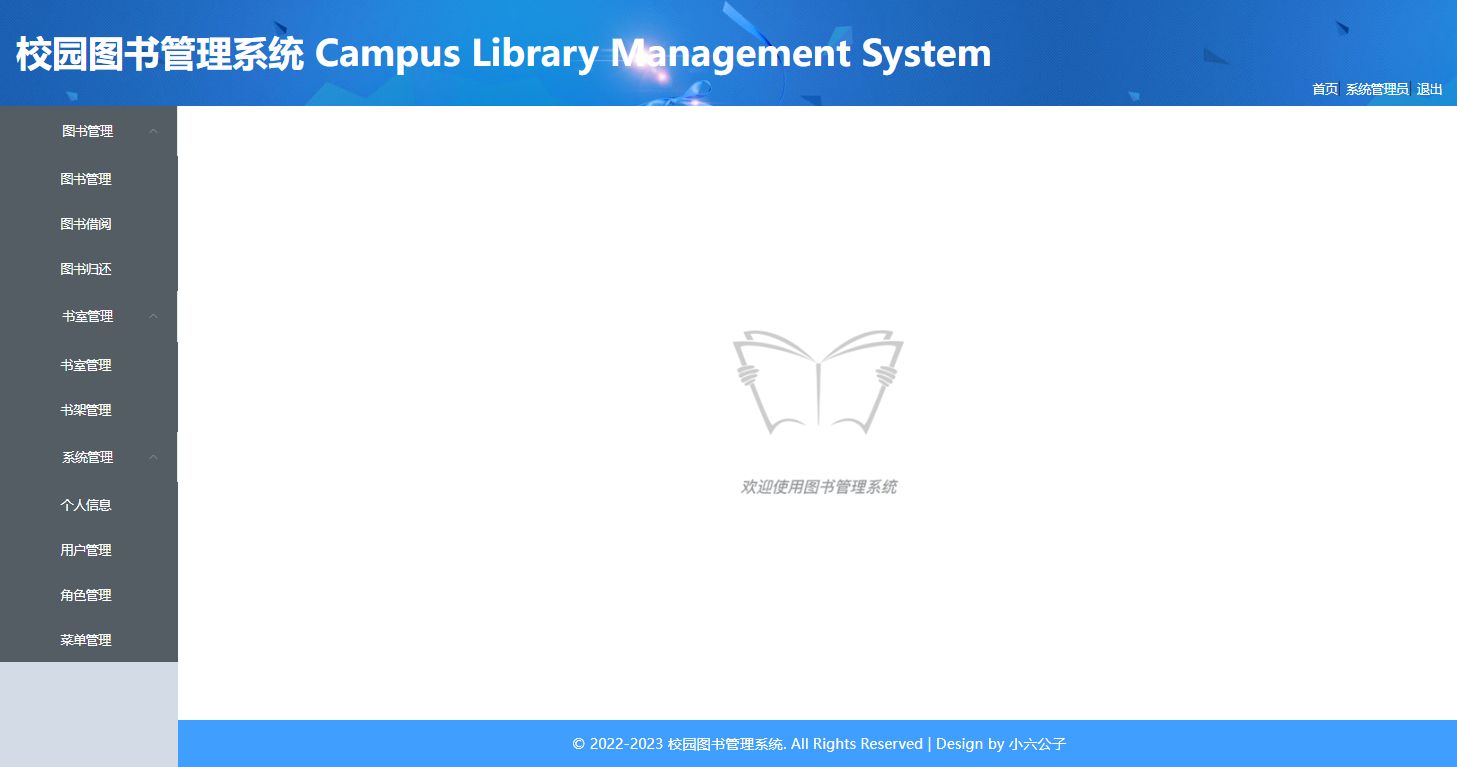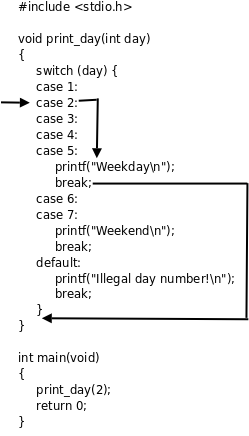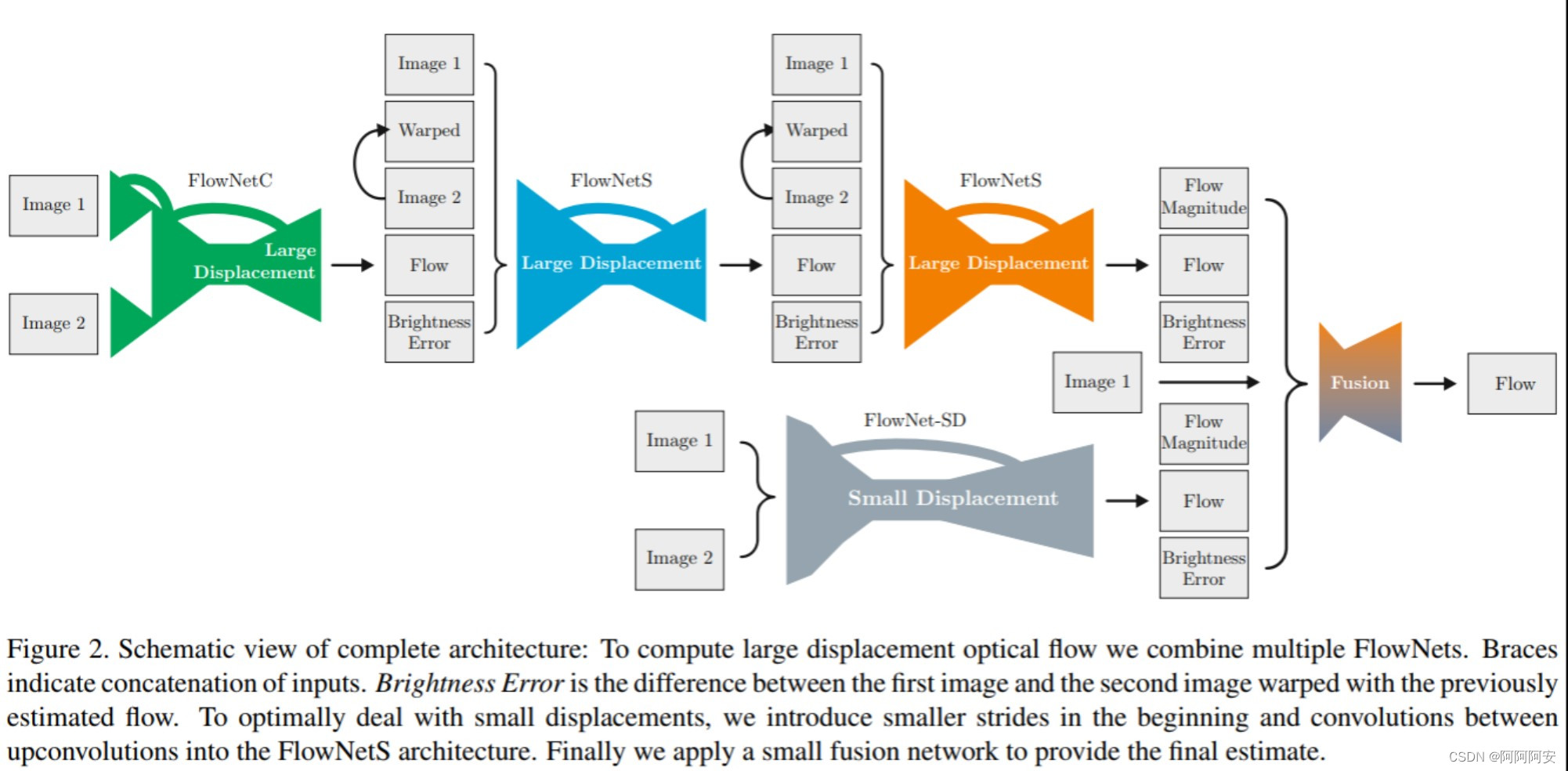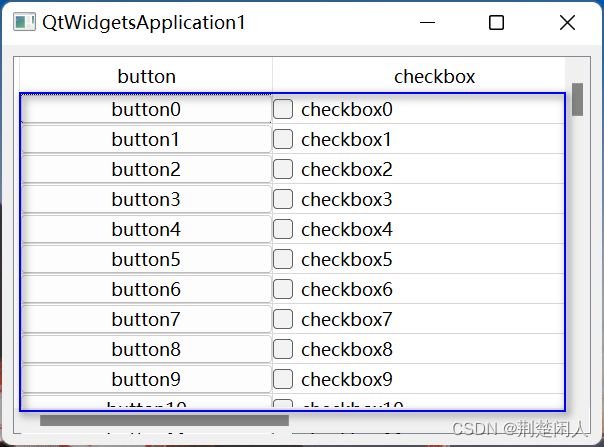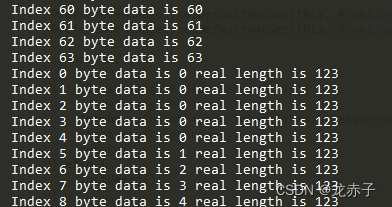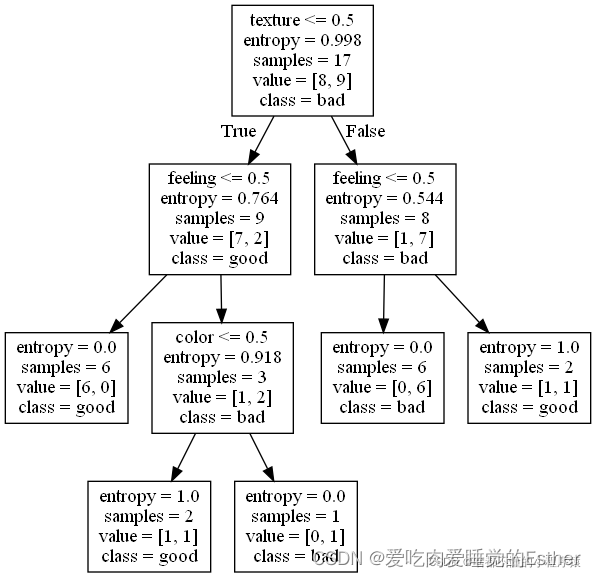整合JDBC
1、创建一个新的工程,勾选JDBC API和MySQL Driver

2、导入web启动器

3、编写yaml配置文件,连接数据库
spring:
datasource:
username: root
password: 123456
url: jdbc:mysql://localhost:3306/mybatis?useUnicode=true&characterEncoding=utf-8&serverTimezone=UTC
driver-class-name: com.mysql.cj.jdbc.Driver4、编写controller
@RestController
public class Jdbccontroller {
@Resource
JdbcTemplate jdbcTemplate; //xxxTemplate是springboot已经配置好的模板bean,直接拿来用就行
@GetMapping("/addUser")
public String addUser(){
String sql = "insert into mybatis.user(id,name,pwd) values(4,'丘桔','123456')";
jdbcTemplate.update(sql);
return "添加成功";
}
@GetMapping("/delete/{id}")
public String delete(@PathVariable("id") int id){
String sql = "delete from mybatis.user where id = ?";
jdbcTemplate.update(sql, id);
return "删除成功";
}
@GetMapping("/update/{id}")
public String update(@PathVariable("id") int id){
String sql = "update mybatis.user set name=?, pwd=? where id=" + id;
//封装参数
Object[] objects = new Object[2];
objects[0] = "旺财";
objects[1] = "666";
jdbcTemplate.update(sql,objects);
return "更新成功";
}
@GetMapping("/userList")
public List<Map<String, Object>> userList(){
//查询数据库的所有信息
//没有实体类,怎么获取数据库里面的数据?用map
String sql = "select * from user";
List<Map<String, Object>> list_maps = jdbcTemplate.queryForList(sql);
return list_maps;
}
}
整合Druid数据源
优点:针对监控而生的数据源
1、导入依赖
<dependency>
<groupId>com.alibaba</groupId>
<artifactId>druid</artifactId>
<version>1.1.18</version>
</dependency>
<dependency>
<groupId>log4j</groupId>
<artifactId>log4j</artifactId>
<version>1.2.17</version>
</dependency>2、在application.yaml中指定使用druid数据源,并且自定义配置
type: com.alibaba.druid.pool.DruidDataSource
#Spring Boot 默认是不注入这些属性值的,需要自己绑定
#druid 数据源专有配置
initialSize: 5
minIdle: 5
maxActive: 20
maxWait: 60000
timeBetweenEvictionRunsMillis: 60000
minEvictableIdleTimeMillis: 300000
validationQuery: SELECT 1 FROM DUAL
testWhileIdle: true
testOnBorrow: false
testOnReturn: false
poolPreparedStatements: true
#配置监控统计拦截的filters,stat:监控统计、log4j:日志记录、wall:防御sql注入
#如果允许时报错 java.lang.ClassNotFoundException: org.apache.log4j.Priority
#则导入 log4j 依赖即可,Maven 地址:https://mvnrepository.com/artifact/log4j/log4j
filters: stat,wall,log4j
maxPoolPreparedStatementPerConnectionSize: 20
useGlobalDataSourceStat: true
connectionProperties: druid.stat.mergeSql=true;druid.stat.slowSqlMillis=500
3、添加 druidDataSource 组件到容器中,并且绑定之前在application.yaml中配置的属性,再配置Druid数据源监控
@Configuration
public class DruidConfig {
@ConfigurationProperties(prefix = "spring.datasource")
@Bean
public DataSource druidDataSource(){
return new DruidDataSource();
}
//后台监控
//因为SpringBoot内置了servlet容器,所以没有web.xml,替代方法:ServletRegistrationBean
@Bean
public ServletRegistrationBean statViewServlet(){
ServletRegistrationBean<StatViewServlet> bean = new ServletRegistrationBean<>(new StatViewServlet(), "/druid/*");
//后台需要有人登录,配置账号密码
HashMap<String, String> initParameter = new HashMap<>();
//增加配置
initParameter.put("loginUsername","admin"); //登录的key(loginUsername和loginPassword)都是固定的
initParameter.put("loginPassword","123456");
//允许谁能访问
initParameter.put("allow",""); //设置为空,表示谁都能访问
bean.setInitParameters(initParameter); //设置初始化参数
return bean;
}
}
4、测试一下
访问http://localhost:8080/druid/ 会自动跳转到 http://localhost:8080/druid/login.html页面

登录之后,就可以进入到监控页面 
5、补充:
还可以在 DruidConfig中配置过滤器
//过滤器:配置哪些资源需要被druid监控,哪些不需要被druid监控
public FilterRegistrationBean webStatFilter(){
FilterRegistrationBean<Filter> bean = new FilterRegistrationBean<>();
bean.setFilter(new WebStatFilter());
HashMap<String, String> initParameters = new HashMap<>();
//这些资源不被druid监控
initParameters.put("exclusion","*.js, *.css, /druid/*");
bean.setInitParameters(initParameters);
return bean;
}整合MyBatis
1、创建一个新的工程,并且勾选依赖

2、导入依赖
<dependency>
<groupId>org.mybatis.spring.boot</groupId>
<artifactId>mybatis-spring-boot-starter</artifactId>
<version>2.2.0</version>
</dependency>3、在application.yaml中配置数据源
spring:
datasource:
username: root
password: 666666QIU
url: jdbc:mysql://localhost:3306/mybatis?useUnicode=true&characterEncoding=utf-8&serverTimezone=UTC
driver-class-name: com.mysql.cj.jdbc.Driver4、在pojo包下,编写User实体类
@Data
@AllArgsConstructor
@NoArgsConstructor
public class User {
private int id;
private String name;
private String pwd;
}
5、编写UserMapper接口
@Mapper //这个注解表示了这是一个mybatis的mapper类/接口
@Repository
public interface UserMapper {
List<User> queryUserList();
User queryUserById(int id);
int addUser(User user);
int deleteUser(int id);
int updateUser(User user);
}
6、编写UserMapper.xml
<?xml version="1.0" encoding="UTF-8" ?>
<!DOCTYPE mapper
PUBLIC "-//mybatis.org//DTD Mapper 3.0//EN"
"https://mybatis.org/dtd/mybatis-3-mapper.dtd">
<mapper namespace="com.mapper.UserMapper">
<select id="queryUserList" resultType="User">
select * from user;
</select>
<select id="queryUserById" resultType="User">
select * from user where id = #{id};
</select>
<insert id="addUser" parameterType="User">
insert into user(id,name,pwd) values(#{id}, #{name}, #{pwd});
</insert>
<delete id="deleteUser">
delete from user where id = #{id};
</delete>
<update id="updateUser" parameterType="User">
update user set name = #{name}, pwd = #{pwd} where id = #{id};
</update>
</mapper>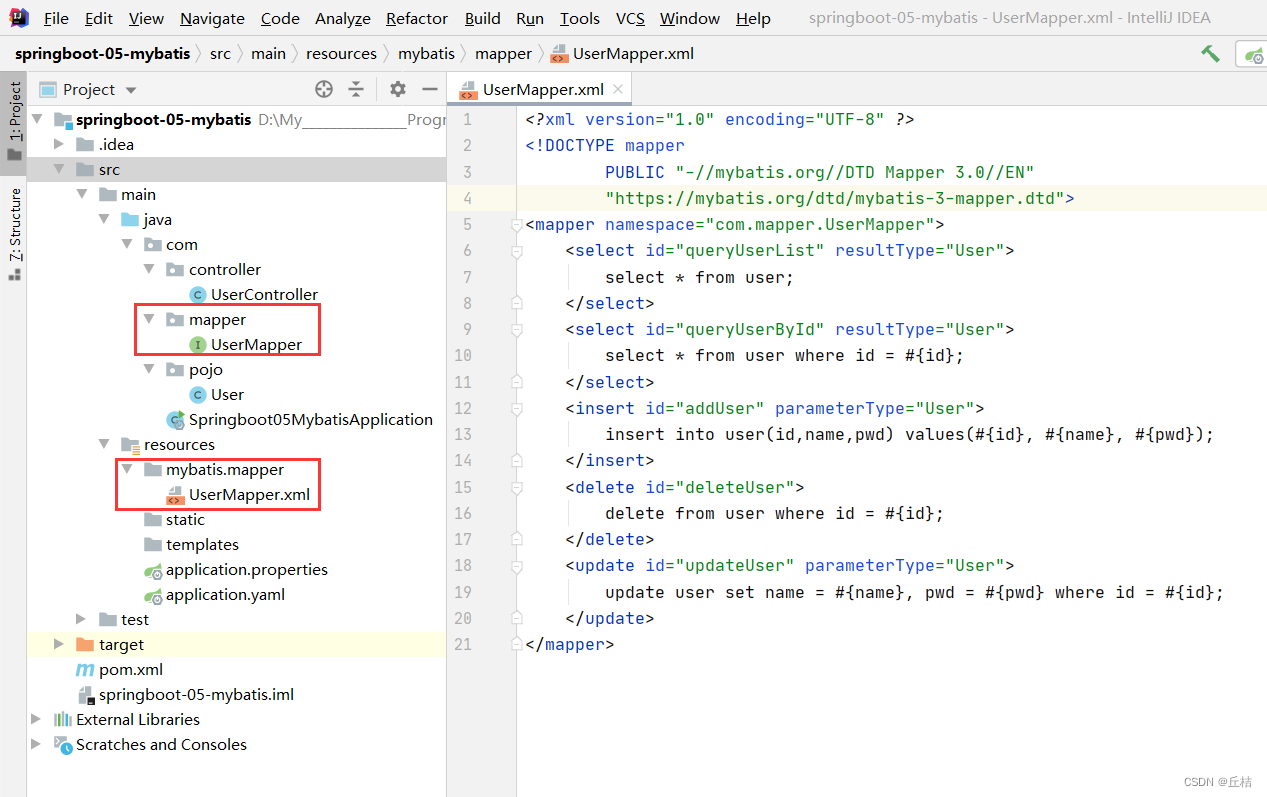
7、在application.yaml中整合mybatis
#整合mybatis
mybatis:
type-aliases-package: com.pojo
mapper-locations: classpath:mybatis/mapper/*.xml
8、编写controller(service层省略了)
@RestController
public class UserController {
@Autowired
private UserMapper userMapper;
@GetMapping("/userList")
public List<User> queryUserList(){
List<User> userList = userMapper.queryUserList();
return userList;
}
@GetMapping("/queryUserById")
public User queryUserById(int id){
User user = userMapper.queryUserById(4);
return user;
}
@GetMapping("/addUser")
public String addUser(){
User user = new User(9,"旺财","123");
userMapper.addUser(user);
return "添加成功:" + user.toString();
}
@GetMapping("/deleteUser")
public String deleteUser(){
userMapper.deleteUser(4);
return "删除成功";
}
@GetMapping("/updateUser")
public String updateUser(){
User user = new User(9,"旺财666","666");
userMapper.updateUser(user);
return "更新成功";
}
}

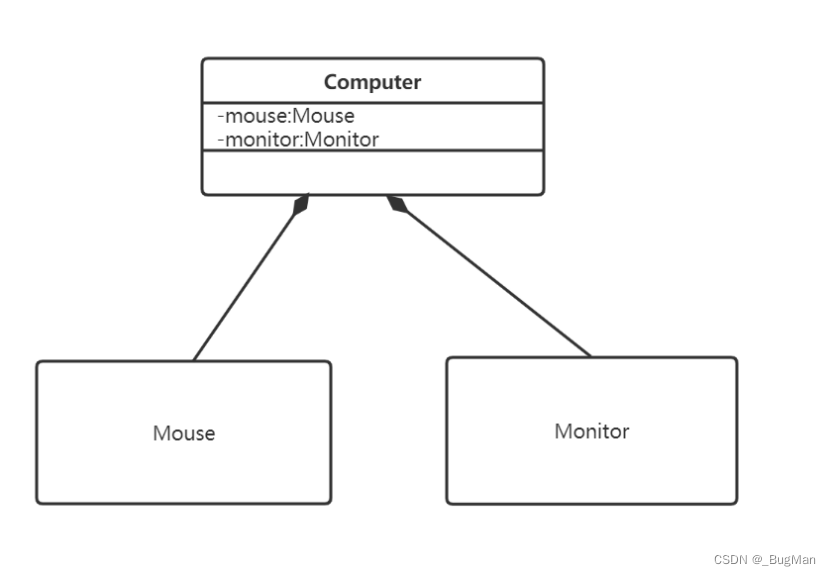
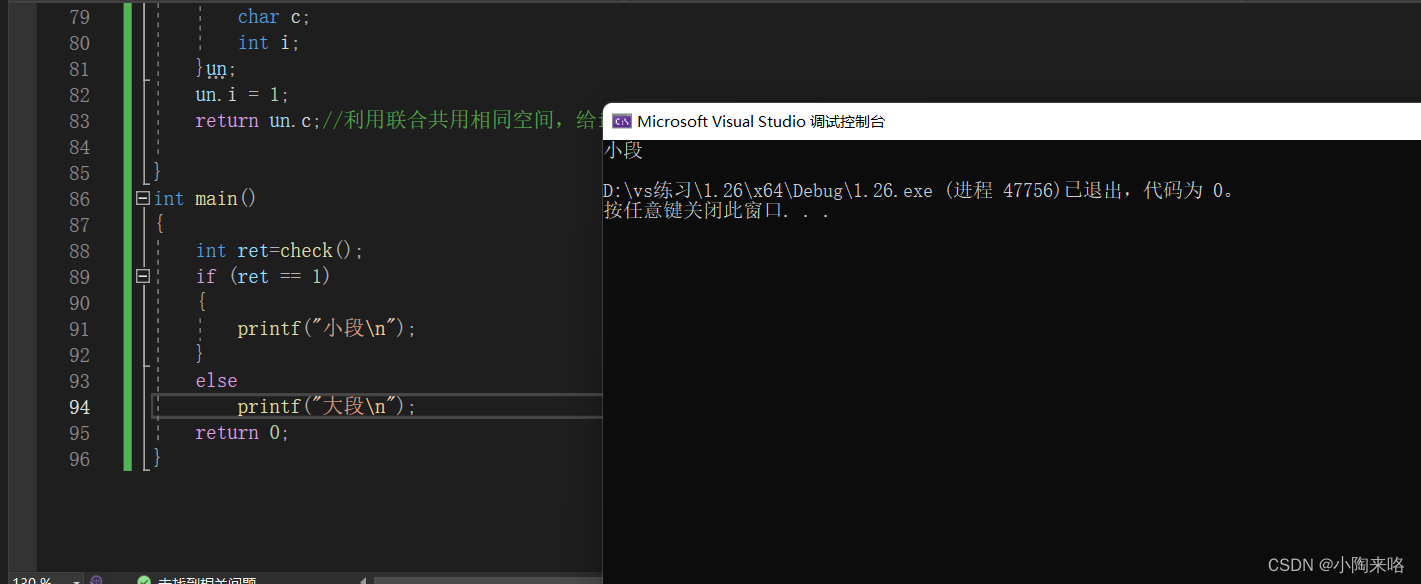
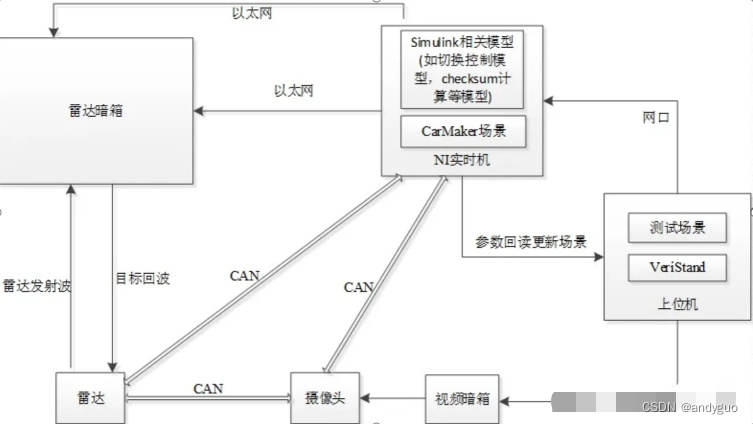
![[前端笔记——CSS] 12.处理不同方向文本](https://img-blog.csdnimg.cn/e384135dcc3444dea61e8b2b903fb86b.png)

